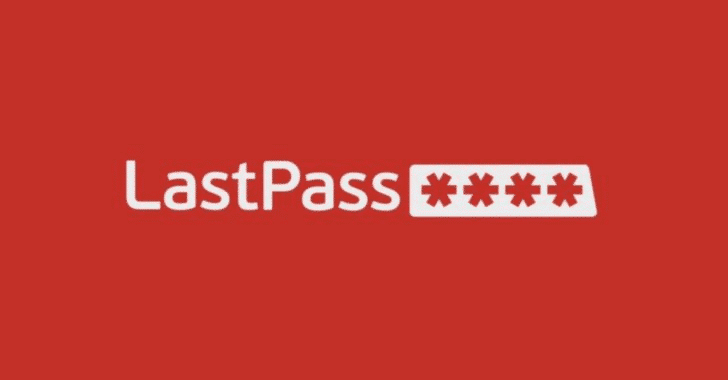How to Manage Your Passwords Securely and Efficiently
Password management can be quite tricky if you don’t have the right tools or don’t use the right approach. That’s why it’s not very surprising that the majority of computer and mobile users rarely veer from simple and easy-to-remember passwords. Most use variations of the same, but a lot of people use the exact same password for every account and login possible. To put it simply, that’s one of the most dangerous things a user can do.
Why Password Security is Important
In the age of the Internet, nearly everyone has some digital asset that needs to be protected. Whether that’s the data on your mobile or PC, or online accounts for banking or social media, access to these assets must be exclusive to the user alone. Passwords form the first line of defense for any security infrastructure that seeks to keep these assets safe from unauthorized use or access. If they’re strong and unique, then they form a formidable wall for any intruder or hacker trying to get in and misuse that information.
The Need for Complex Passwords
Several studies have been conducted in the past that show why users will simple or predictable passwords are more likely to have their data compromised than people who use complex and unique passwords. But to use different and complex passwords for different accounts can get a bit overwhelming. Writing them down doesn’t help because then you’re exposing yourself completely. Saving them on your desktop means that if someone cracks your login password, they get everything else for free!
The Right Password Management Tools
This is where password management tools like LastPass or 1Password are extremely useful. They not only manage your passwords dynamically, but because of the way it is set up, you only have to remember one master password for all your accounts. The password manager does everything else for you.
Like LastPass, there are several other robust password management solutions that can help you manage all of your accounts and logins. They have easy setup processes, they integrate with your browser through extensions, they can even have random password generators when you sign up for a new service or add a new account, and most of them are reasonably priced or even free.
Choosing the right password manager is a subjective decision. Are you comfortable with the interface? Can it handle multiple devices? Does it have the features you need? Does it offer extra things that you might need in the future? Is it very expensive to add new users?
These are the questions you need to ask yourself before signing up with any service.
Managing Passwords Yourself
Not everyone is comfortable trusting their passwords to a third-party software provider. Even though all the top companies in this industry guarantee the best encryption protocols and have very tight privacy policies, some of us may not be happy when our data is being managed by someone else.
For those of us that are like this, there are other ways in which to manage passwords securely and efficiently.
#1: Write Passwords Down, Save Them in an Encrypted File
If you’re more comfortable noting down your passwords, do it on a digital file and then encrypt that file so only you can access it. For example, on a mobile device you can save the passwords in a text file and then secure that text file using an encryption app like Andrognito (for Android) or Cryptomator for iOS. Once encrypted, you can also save the file to a secure cloud location like iCloud or Google Drive, which can only be accessed with your Apple ID or Gmail credentials.
#2: Use Complex but Memorable Passwords
Another neat trick to keep your passwords unique yet easy to remember is to craft unusual passwords based on things that you can remember. For example, for a Facebook account, your password could be something like this:
Th1s!sMyPW4FB (This is my password for Facebook)
What you’ve done is to create a memorable sentence, but then replaced certain characters with others. For your banking account, you might try something like this:
D0n’tmessw1thhank’sbankaccount (Don’t mess with Hank’s bank account)
To help you create tough passwords, you can use a basic code like changing every first “i” in the password to a “1” and changing the second one to a “!”, changing “for” into “4” and so on. The longer the password and the more special characters and numerals you use, the more secure it will be.
#3: Use Biometrics or TFA/MFA
Biometrics are great, but they’re not 100% reliable. However, they do offer an alternative to using a password manager. Face ID on iPhone X, Iris Recognition on Samsung Galaxy, fingerprint recognition and other biometric features add one more layer of security. Another great practice is to always use two-factor or multi-factor authentication. This includes one-time passwords sent to your phone or email, security questions, randomly generated PINs or passwords and so on. Wherever TFA or MFA is available, we advise you to use it.
All of these methods are designed to protect your data and privacy. Use all of them or a combination of what you’re comfortable with and keep yourself safe from hackers and threat actors. You won’t feel the pain of being hacked until it actually happens to you, so don’t put yourself in that type of situation.


